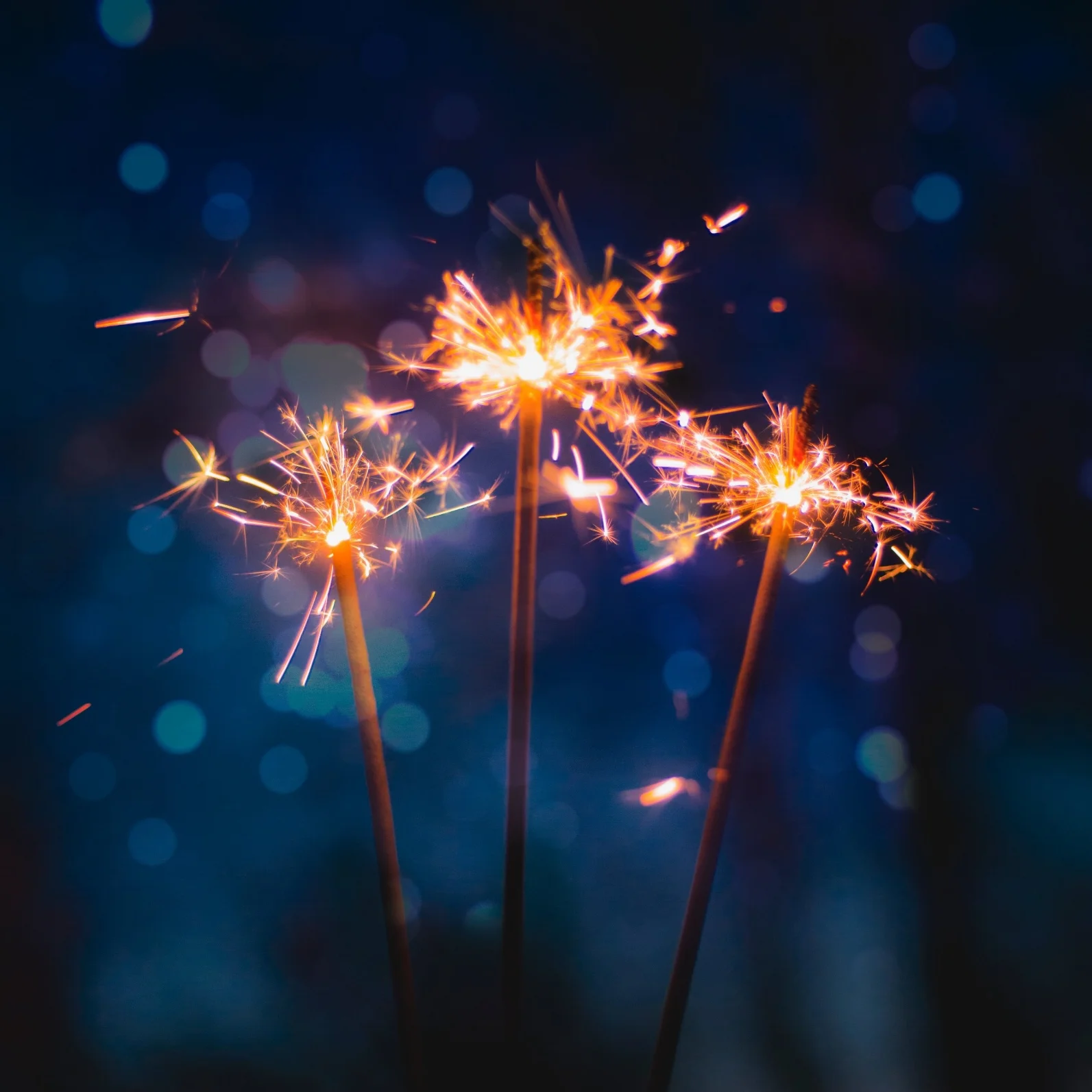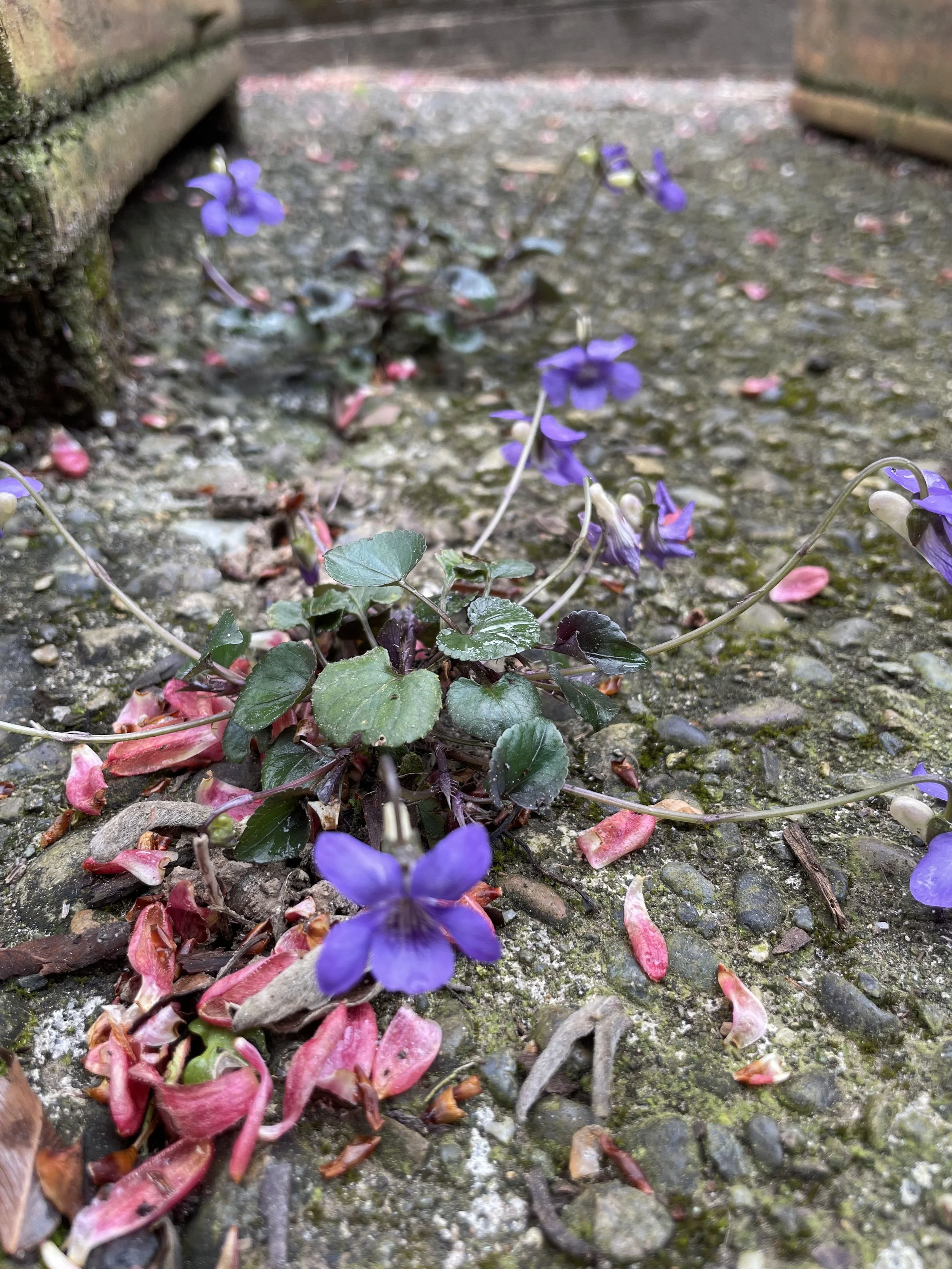This lovely phrase, so full of wistful longing, comes from an essay by David Abram called The Eclipse of the Sensuous, and has felt just right to describe the scent of the trail I've been on all my life. (Rumi, again--hmm! can you tell this is the book that is currently next to my bed?)
A scholar loves, and lives on,
the marks of a pen. A sufi loves footprints!
He sees those and stalks his game. At first, he
sees the clues. After a time he can follow the scent.
To go guided by frangrance is a hundred times better
than following tracks. A person who is opening
to the divine is like a door to a sufi.
Seeking out those traces, peering into the space-between that at first connects the parts, until we re-member that the parts were never separate, after all.
My friend Jeff described a circle of friends coming together post-election, which sounded like my experience too: Bruce (wise explorer friend), and Dan, (court jester and convener extraordinaire), and I have gotten to hang out together a lot lately in the context of three distinct, but overlapping, conversation groups: one is focused on sustainability and business; another, with our friend David, is totally wide-ranging around the pivot topic of relationship-centered care; and the third is just called the "fellowship of the circle." It has no particular agenda, and so is the widest-ranging of all. Bruce and Dan and I are being the "bumblebees," as they're called in Open Space Technology, visiting different flowers (conversations and projects) and cross-pollinating.
Lucky us, that a meeting of the "fellowship" was pre-scheduled for the day after the election. We came, one or a few at a time, up the garden path to Michelle and Joel's sanctuary-home near Greenlake, past the quiet pond and the bamboo and the sweet peach tree and welcoming buddha figures, in the middle of the bright-blue-sky, slightly surreal, afternoon. Sitting around a low table laid like an altar with piles of oranges and nuts and cookies, we went round the circle passing a palm-sized, heart-shaped, stone and took turns speaking, then spoke as we were moved to, and then around again with the stone at the end. In three hours we moved back and forth in and through bewilderment and grief and curiosity and fatigue and appreciation and faith. Teresa read to us the fable and showed us the beautiful pictures from Old Turtle and the Broken Truth.
Carolyn talked about how we are all flickering between worlds, between the current popular paradigm and the ones we feel emerging, and how tiring it is, and how important it is that we can lend each other strength and go together. Joel inspired us with his story of going through the door of experience long ago into unshakeable faith in deep reality. We talked about edges and bridges and personal and collective practice, and Rumi's field:
Out beyond ideas of wrongdoing and rightdoing,/there is a field. I'll meet you there./When the soul lies down in that grass,/the world is too full to talk about./Ideas, language, even the phrase each other/doesn't make any sense.)
Michelle offered the image of "root shock"--a trauma to the roots that allows and encourages the production of blooms.
All of us felt deeply grateful for the good fortune to be able to come together, and left feeling connected at root and branch, and hopeful again.












